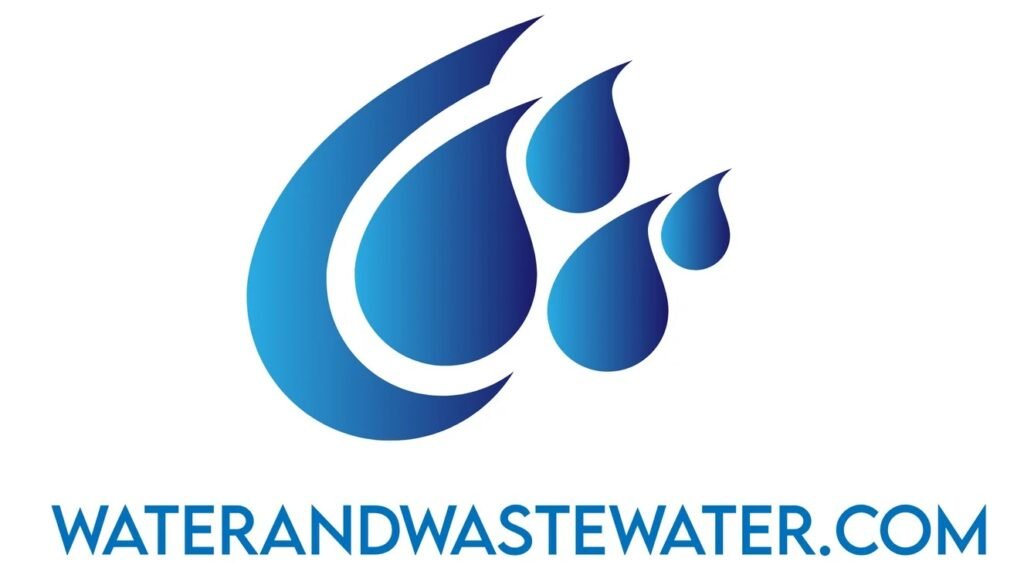Regenerable Ion Exchange Resin
Regenerable Ion Exchange Resin: An Expert Examination of Its Role in Water Treatment
Introduction
As environmental concerns accelerate, industries and municipal water treatment plants are increasingly challenged to meet stringent regulatory standards and manage the complex demands of water purification. Regenerable ion exchange resins have emerged as a pivotal technology in addressing these issues, primarily due to their efficiency and adaptability in removing contaminants from water. With the global market for water treatment equipment projected to reach $38.88 billion by 2027, understanding the mechanics, applications, and advantages of regenerable ion exchange resins becomes crucial for decision-makers, including engineers, plant operators, and municipal leaders.
Understanding Regenerable Ion Exchange Resins
What Are Regenerable Ion Exchange Resins?
Regenerable ion exchange resins are specialized polymers designed to remove undesirable ions and molecules from solutions through a reversible exchange process. Typically composed of organic functional groups, these resins can attract and bind ions of opposite charge. Once exhausted, the resins can be regenerated using chemical solutions, restoring their ion-exchanging capacity.
Types of Ion Exchange Resins
- Cation-Exchange Resins: These resins exchange positively charged ions (cations) like calcium, magnesium, and lead.
- Anion-Exchange Resins: These target negatively charged ions (anions) such as nitrate, sulfate, and chloride.
Both types are essential in various applications, including drinking water purification, wastewater treatment, and industrial applications.
Target Audience and User Intent
The primary audience for this article includes:
- Environmental Engineers: Seeking innovative solutions for water treatment.
- Design Engineers: Interested in the specifications and performance metrics of resins for system designs.
- Municipal Directors: Focused on compliance with EPA regulations and enhancing water quality.
The user intent can be classified as Informational and Problem/Solution, as stakeholders are looking for comprehensive insights into resins and practical applications in current water treatment contexts.
The Science Behind Regeneration
Ion Exchange Mechanism
In the ion exchange process, contaminant ions in water are replaced by ions on the resin. For example, in cation-exchange, the resin releases hydrogen ions (H+) to attract calcium (Ca²+) or magnesium (Mg²+) ions.
Regeneration Process
After reaching saturation, the resin requires regeneration:
- Backwashing: Removes accumulated particulates and fouling materials.
- Brine Solution Introduction: A concentrated salt solution is applied, displacing the previously exchanged ions and restoring the resin’s capacity.
- Final Rinsing: Processes like multiple rinsing ensure the proper removal of unreacted chemicals.
According to the EPA, proper handling and disposal of regenerants is essential to avoid environmental degradation.
Applications of Regenerable Ion Exchange Resins
Municipal Water Treatment
Regenerable ion exchange resins play a crucial role in removing hardness, nitrates, and heavy metals from drinking water. A 2023 survey indicated that over 45% of municipal water facilities in the U.S. employed such technology for enhancing water quality.
Industrial Processes
Industries such as pharmaceuticals and food & beverage utilize ion exchange for deionization and purification. Recent guidelines from the FDA highlight the importance of stringent water purity standards in manufacturing.
Water Reuse
As water scarcity becomes a pressing issue, regenerable ion exchange resins are integral for treating wastewater for reuse in irrigation and industrial applications. The 2024 UN report emphasizes the role of regenerative technologies in sustainable water management.
Benefits of Using Regenerable Ion Exchange Resins
Cost-effectiveness
While the initial investment in regenerable ion exchange systems may be substantial, their long-term cost-effectiveness is evident. The ability to regenerate resins significantly reduces operational costs compared to disposable alternatives.
Environmental Impact
The environmentally-friendly nature of regenerable resins can’t be overstated. By minimizing waste and extending resin lifespan, these systems promote sustainability. The 2024 Sustainability Report highlighted that adopting such technology reduces landfill waste by up to 30%.
Customizability
The varying types of ions targeted allow for customizable solutions tailored to specific water quality requirements, enabling more precise control over treatment outcomes.
Improved Water Quality
Numerous studies, including a 2025 review by the Journal of Water Engineering, have shown that regenerable ion exchange resins significantly enhance water quality, contributing to compliance with the latest regulatory standards.
Challenges and Considerations
Despite their benefits, certain challenges must be addressed:
- Regeneration Handling: The management of chemical solutions post-regeneration is essential to minimize environmental impact.
- Fouling: Organic fouling can impair resin efficiency over time, necessitating periodic evaluation and maintenance.
- Initial Costs: While cost-effective in the long run, the initial setup of sophisticated ion exchange systems may deter some potential users.
The Future of Regenerable Ion Exchange Resins
Technological Advances
Recent developments in nanotechnology are promising to enhance the efficiency and selectivity of ion exchange resins. Emergent hybrid systems combine ion exchange with other treatment technologies, expanding their application ranges.
Regulatory Landscape
With the EPA’s increasing scrutiny on water contaminants, the demand for efficient remediation technologies including regenerable ion exchange resins is expected to grow significantly. Thus, adherence to evolving regulations will shape future practices.
Industry Trends
The drive toward sustainability and water reuse will catalyze further innovation in resin materials and regeneration processes.
Conclusion
Regenerable ion exchange resins represent a critical technology in contemporary water treatment applications. By addressing key contaminants efficiently and sustainably, these resins not only lead to improved water quality but also align with environmental regulations and social responsibility initiatives. As technologies evolve and regulations tighten, professionals in environmental engineering and water management must continue to leverage these resins’ capabilities to face the challenges of a changing world.
By possessing a nuanced understanding of regenerable ion exchange resins, their application, and potential challenges, professionals can confidently implement water treatment solutions that meet both current and future demands.
Ultimately, the integration of these resin technologies into water treatment strategies positions water facilities to navigate an increasingly complex regulatory and environmental landscape, ensuring a reliable supply of clean water for all.

